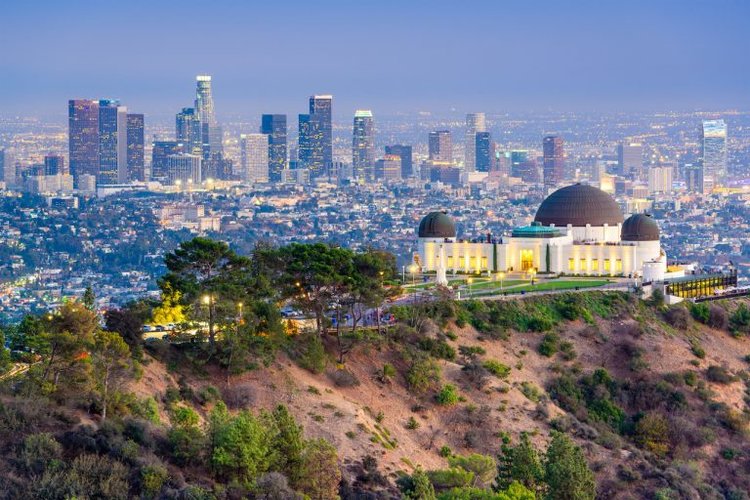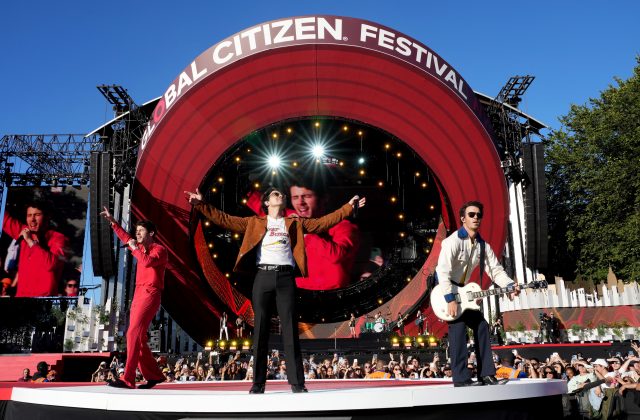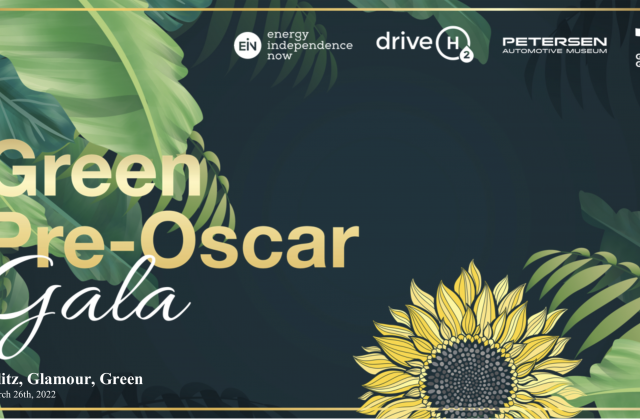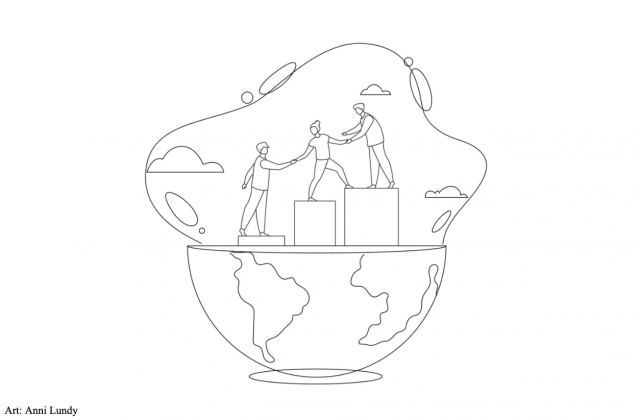
WALKER WELLS | MARCH 5, 2018
Cities are rapidly becoming the human species’ preferred habitat, with projections showing that over 80 percent of the developed world population will be urban dwellers by 2050. This trend makes cities the earth’s fastest growing ecosystem – a human-made and metabolically inefficient ecosystem, but an ecosystem nonetheless. In light of these trends, it is clear that the creation of sustainable urban systems is one of the 21st century’s most crucial challenges.
Cities concentrate many things: resource use, people, ideas, investment, innovation. Thus, cities provide unique opportunities for creative interventions that sustain social, cultural, and economic richness while protecting and enhancing the vitality of local, regional, and global natural systems. In responding to these challenges and opportunities, architects, engineers, planners, ecologists, policymakers, and an engaged citizenry needs to reassess traditional notions about the interrelationship between the built and natural environments. The city can no longer be seen as antithetical to, or separated from, ecological processes. Nature needs to be recognized as omnipresent rather than something external to cities and to urbanism.
How do we bridge the city – nature gap and shape a new paradigm for cities and nature? By combining the natural sciences and the social sciences or integrating a quantitative, empirical foundation built around urban ecology with a mindset that values the qualitative sensitivities of sociology and phenomenology. Another way to think of this is a conversation between Rachel Carson and Jane Jacobs.

With this approach it is possible to begin to see the outline of the emergent green urban condition. A city based on circular metabolisms where nature and ecological processes like pollination, soil creation, photosynthesis, and water filtration are part of the day-to-day business of the city. Green urbanism is the practice of engaging in this emergent process to demonstrate what is possible, and to create communities beneficial to both humans and the environment.
By nature, green urbanism is a dynamic discipline that lends itself to a Socratic approach which exposes biases and opens up new ways of seeing the world. Rather than going through a series of principles or design standards, the approach we use is ask the following question:
How is the way that cities and neighborhoods are planned, designed, and governed increasing natural capital, resilience, social equity, and human connection to nature?
Applied, green urbanism focuses on small to medium scale catalytic interventions that, in aggregate, can lead to a substantial shift towards sustainable neighborhoods, districts, and regions. This is an intentional move away from the concept of the top-down master plan and toward a more fluid and adaptive approach to urban revitalization and natural systems restoration.
Pieces and parts of the green urban future are popping up around Los Angeles. The most transformative example may be the plans to complete an ecological restoration of good portion of the Los Angeles River, thus reconnecting the City to its initial raison d’etre. At a more local scale the Vista Hermosa Park offers both fantastic views of the skyline and the ability to nearly get lost in the woods right in the middle of one of LA’s oldest neighborhoods. Many people may not realize that the new entry gardens to the Los Angeles Museum of Natural History are not only full of native plants, but also contain intentional nooks, crannies, and decaying logs for bugs, bees, and even microscopic bacteria and fungi.
Nature works at multiple scales and through diverse methods, and so should our cities. The challenge is to be fully aware of the layers of potential benefit and synergies that can be generated. With this more expansive awareness, the simple act of planting a tree becomes a multi-dimensional strategy of urban heat island mitigation, carbon sequestration, habitat creation, stormwater management, and fostering biophyllic interaction to promote well being.
At Global Green our work at the neighborhood level in Little Tokyo, Watts, South Los Angeles, San Francisco Chinatown, and a number of communities nationally, focuses on the established fundamentals of urban sustainability. Affordable housing, safe streets and sidewalks, access to open space, transit, schools, fresh food, jobs and education, energy efficiency and renewable generation, stormwater management, and green building are core principles of our work. Into this mix, we integrate natural processes for capturing and treating water, creating shade and evapotranspiration, growing food, composting organic waste, and providing habitat for other species.
Not all of these ideas and interventions are immediately well received. Over the past 120 years we have made the city cleaner and healthier and in the process, relegated most of the messy, smelly, organic process to the outskirts. Bringing these functions back into the city, whether it is composting in a local park, an urban farm, or the use of greywater, can create discomfort and opposition.
But ecosystems, as much as they strive for stability, ultimately rely on disruption to remain vital. So the question is how to create enough disruption of the status quo to enable a green urbanism transition, without engendering opposition or backlash. This is when the social sciences come into play. Sociology helps us understand how cultural norms get established. Political science offers guidance in ways that we can organize and govern ourselves to achieve societal goals.
Since we can’t expect the systems and governance structures of the past to address the problems they have manifested, this means embracing dialogue and being active in the agora of ideas and present in the practice of green urbanism.
Models of collaborative governance and multi-stakeholder partnerships need to be applied to enable collective impact and to identify and implement solutions at the local neighborhood level. Culture, both of the past and the present, needs to be a core part of the process, so that there is ownership and pride of place. And there needs to be optimism and a love of life.
The city may be humankind’s greatest invention and most powerful creative expression. If considered to be a lifeless and soulless machine, the outcome is to chew through resources without consideration of the consequences. But if recognized as a living entity that can nurture many forms of life, the emergent city can enable the best creative aspects of urbanism while being woven into and expressing the ecological processes upon which life truly depends.




